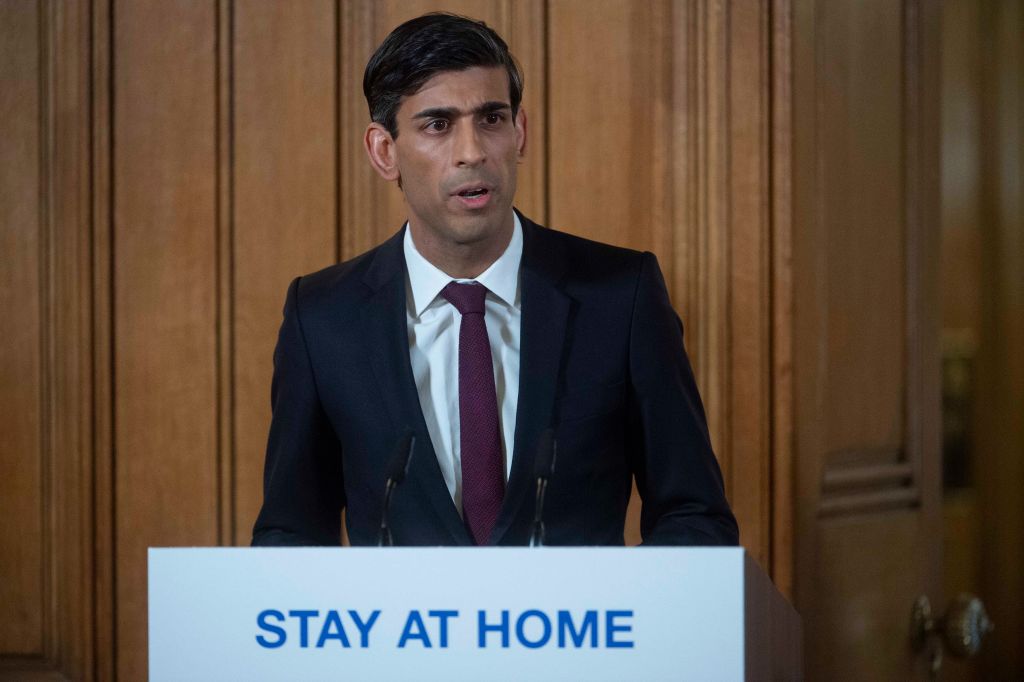A five hundred quid shopping voucher for everyone. Five per cent off VAT across the board. Maybe suspending income tax for a couple of months, or getting rid of corporation tax until the end of the year. As today’s disappointing GDP numbers landed on his desk, the Chancellor Rishi Sunak must have been tempted to reach for the Treasury folder marked ‘extreme emergency measures’. The V-shaped recovery he was no doubt hoping to engineer is increasingly looking more like an L – a big drop followed by a flat line.
Another round of government stimulus right now would be tempting. But it would also be a mistake: the Treasury has already borrowed and spent enough. All it can do now is to steadily re-open the economy and let supply catch up with demand. And the most important thing Sunak can do is hold his nerve.
The very worst response would be to panicked into yet more emergency stimulus
The City was hoping for a stronger bounce back in the GDP data. From total lockdown in April there should have been some kind of modest recovery in May. After all, once you reach bottom the only way to go is up. Against a consensus forecast of a 5.5 per cent rise in GDP, however, it turned out there was only a 1.8 per cent increase in output. It barely shifted. Over three months, GDP is now down by 19 per cent. And on an annualised basis, GDP is now down 24.5 per cent. At the start of the year, it would have been hard to imagine a more catastrophic set of numbers.
There will, no doubt, be plenty of calls for the Chancellor to be bold, generous, and decisive. He will be told to spend more money, extend the furlough scheme, and cut more taxes. And yet, the truth is he has already done enough. Just take a look at some of the numbers. Almost a third of the private sector workforce is being paid by the government. Businesses are being offered loans at virtually zero cost. VAT has been cut, tax payments suspended, and breaks offered on business rates. The self-employed, start-ups and the arts have all been bailed out. Interest rates have been cut, and the Bank of England has been printing money like crazy. Laissez-faire? No really. This is the biggest-spending, most activist government the UK has ever seen.
In fact, the problem is not with demand. We have done plenty to pump that up. It is with supply. Many bars and restaurants are still closed, people are still nervous about going to the shops, and transport is sporadic. People have money, but they are either unable, or afraid, to spend it. Just giving them more cash is not going to fix that.
There are already signs that June’s figure will be much better. Pantheon Macroeconomics for example is forecasting an eight per cent bounce back in GDP. Indicators such as energy consumption and road use suggest a lot more activity last month. The best thing the Chancellor can do right now is accept the recovery will take a while to take shape, that not every business will survive this epidemic, but those that adapt and adjust will eventually start to produce and sell more. And the very worst response would be to panicked into yet more emergency stimulus – because all that will do right now is burden the government with yet more debt.






Comments